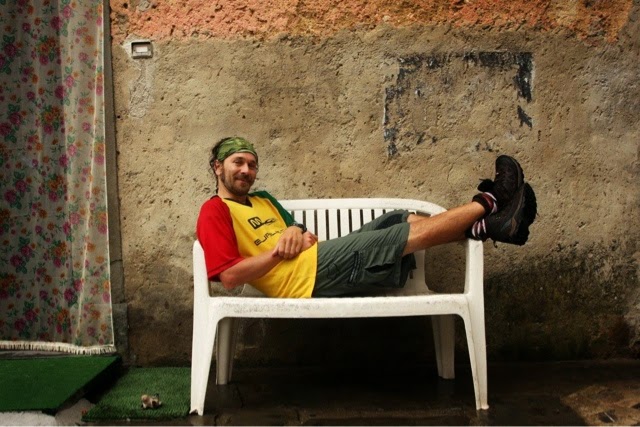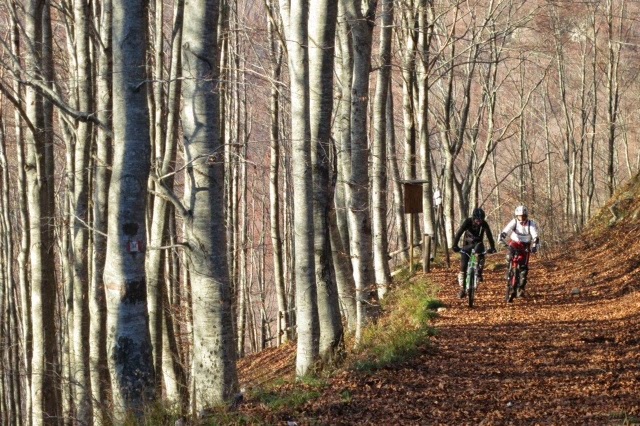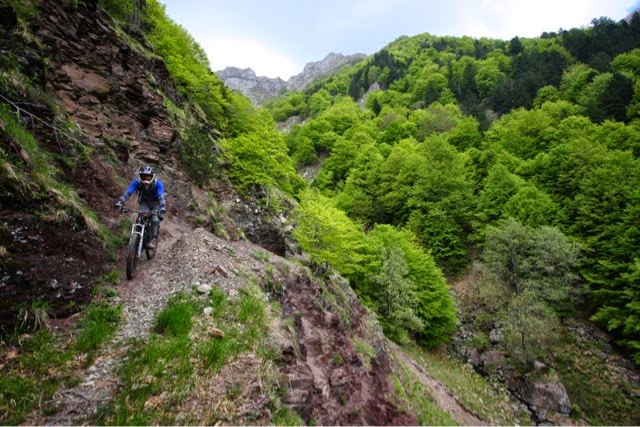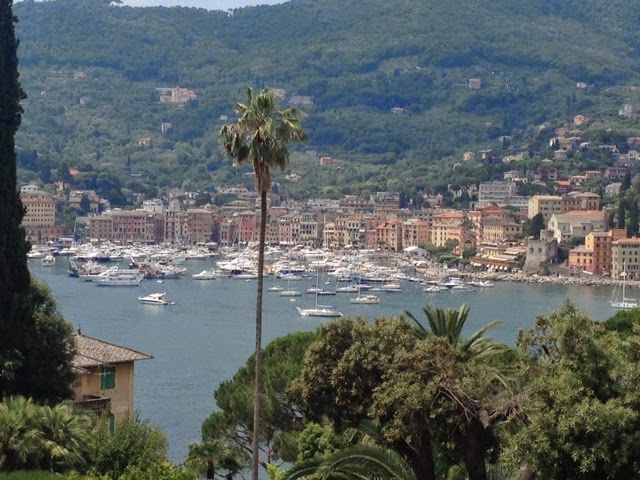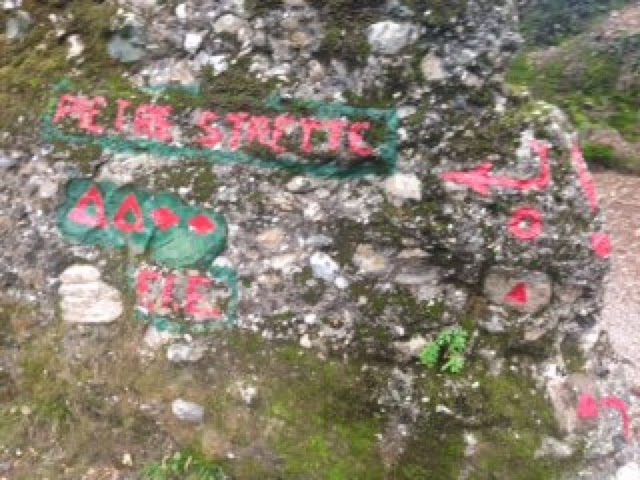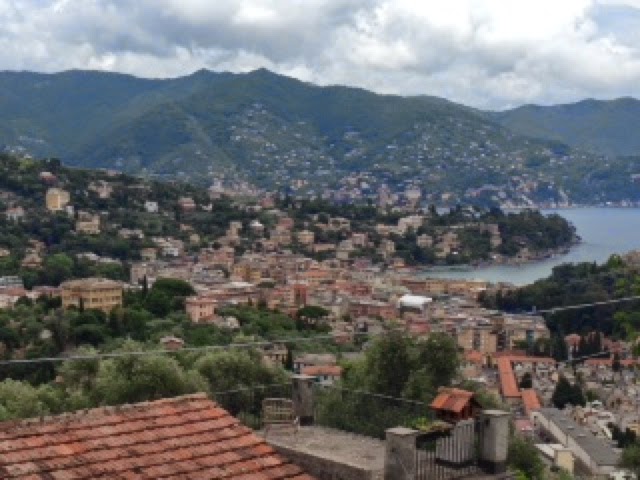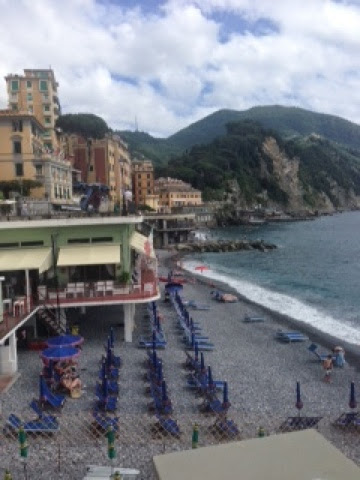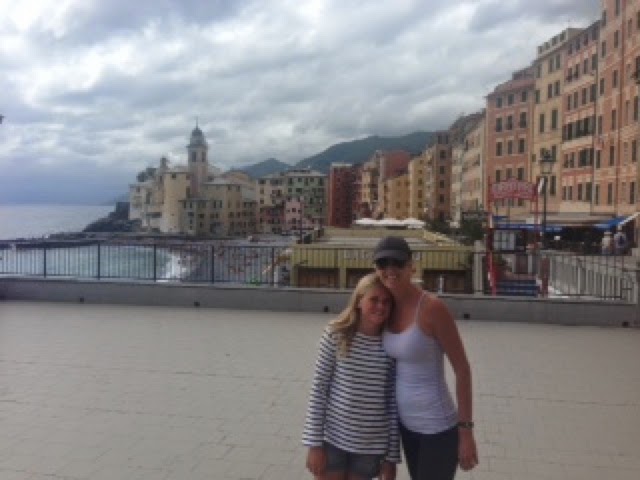Tiziano's Profile
Name: Tiziano Davini
Lives: Lammari (Lucca)
Background: Tiziano is 36 years and a qualified Telecommunications Engineer but his passion has always been mountain biking and trekking in the fresh open air of the mountains especially around his region of Tuscany. He is a passionate photographer with his own photography website displaying beautiful landscapes and panoramas from his many hiking and cycling excursions.
Visit: www.tizianophoto.com
Tiziano escorted me on a magnificent journey amongst the abundant spring daffodils to Monte Croce, a 5 hour unforgettable journey. Here are his favourite hikes and cycle routes.
Favourite trekking Path
Monte Prado (Appennino) Highest Tuscany Peak
Departure and arrival point: Passo Forbici
Ascent: 650 m; 5/6 hours
Difficulty: medium
Pathway is signposted by CAI as 00 & 633 (Sentiero CAI: 00, 633)
Description and points of interest: This route is confined between Tuscany and Emilia Romagna. The first section follows sentiero di crinale 00 with many marvellous views over Garfagnana, the Alpi Apuane and the Tuscan Emiliano Appennine. After about 2 hours you reach Monte Prado, having the highest Tuscan peak with an elevation of 2054m. From here you descend to Lake Bargetana, Lama Lite and the magical forest of Abetina Reale before rising again to Passo Forbici. The course passes two refuges, Rifugio Battisti and Rifugio Segheria.
Favourite Mountainbike Path
Val Fegana
Departure and arrival point: Tereglio
Ascent: 1200 m
Distance: 30 km
Difficulty: medium
Pathway is signposted by CAI: 38, 9
Description and points of interest: Departing from the beautiful borgo of Tereglio you ascend 500m in the Val Fegana, a valley beside the Serchio river. You follow along the road and then left parellel to the valley for 4km after which you descend on a single track in the nature reserve of the Orrido di abortive. This is a canyon that can also be visited on foot with a € 2 entrance fee. From Ponte a Gaio you ascend on via Principale up to Rifugio Casentini within 6 km. Continuing to Rifugio Casentini (1280 m) there is food and fresh spring water from the fountain. After the Rifugio the pathway becomes stone and rises 7km to Foce al Giovo along via del Duca. This is an ancient road connecting Modena with Lucca. Foce a Giovo is 1674 m altitude with a beautiful panorama including Monte Rondinaio and the whole Taglione valley. After enjoying the gorgeous view you descend on the same road that you arrived on until you reach Ospedaletto where you turn right into sentiero 38. This is a beautiful and peaceful pathway. There are some difficult and exposed areas so care is needed whilst still enjoying the beautiful scenery over Val Fegana. After 4km the path reaches Rifugiani on a stony path. We follow right, uphill for 200m then take Sentiero 9 to the left that, initially, rises to Focedi Cavallaia and then descends to Tereglio along a beautiful mule path.
Contacts:
Telephone. 3396522920
E-mail: davinitiziano@gmail.com
Tiziano will be thrilled to accompany and guide tourists and passionate hikers or mountain cyclists along these and many other pathways that suit your needs and level of capability finding Rifuges and hotels in the mountains to complete your stay.
